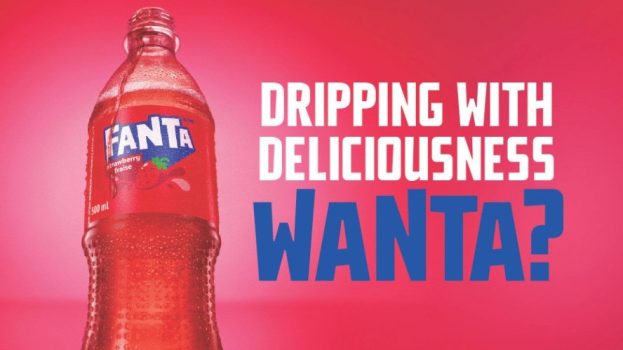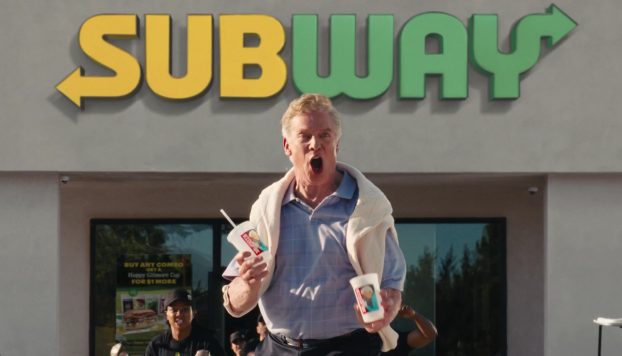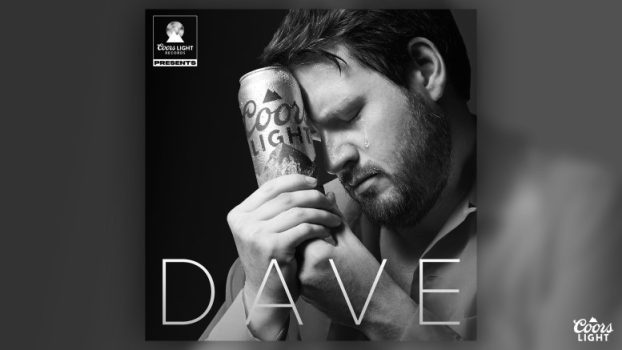When Kraft Foods and H.J. Heinz merged under the ownership of Brazil’s 3G Capital in 2015, it introduced zero-based budgeting in an effort to boost profits, cutting big-ticket expenses like marketing and brand investment. And cut it did.
Kraft Heinz decreased its ad spend in the U.S. alone by about $50 million each year, according to research firm Statista. In 2017, only 2.4% of the company’s sales were allocated to its global ad budget, which is lower than that of either Heinz or Kraft prior to the merger, AdAge recently reported. Analysts questioned whether this cost-savings agenda would eventually erode brand equity, with those concerns coming to the fore last week when Kraft Heinz took a US$15 billion asset write-down for its Kraft and Oscar Mayer brands, and its share price subsequently tumbling.
Being purchased by an investment banker means, “brand development and re-invigoration are often sacrificed,” says Kenneth Wong, professor of marketing at Smith School of Business, Queen’s University, adding that brands require constant maintenance if they are to stay “vibrant and authentic.”
Wong says that “because of [Kraft Heinz’s] failure to invest in their existing brands, what we are seeing is an increased emphasis on price” and fewer emotional connections with consumers through marketing programs in store. As a result, it’s created a race-to-the-bottom competition for products that many consumers now see as interchangeable, such as ketchup.
“Emotional connections held sway in the Golden Era of brands,” adds Tony Chapman, marketing consultant and business strategist. “But these don’t exist anymore.”
This brand antipathy is evident in a 2018 global Daymon Worldwide survey that found only 29% of millennials repeatedly purchase the same brand. The indifference among the cohort can be attributed to various factors: including a lack of trust and millennials’ focus on authenticity and social responsibility, which many brands still struggle to communicate in their marketing today.
Another challenge Kraft Heinz and other traditional brands face is that “convenience” is defined differently today as it was in CPGs’ heyday, says Chapman. While Kraft Heinz once thrived on selling quick-and-easy mac-and-cheese or hotdogs, he says that disruptors like Uber Eats now allow consumers to “skip the dishes” and order food in, reflecting the trend of fewer of us actually cooking at home. But it can be tough for large conglomerates reared on moving mass volume to pivot to accommodate those new consumer demands for convenience, he says.
Chapman notes that more people are shopping around the perimeter of the store, opting to purchase healthier ingredients and artisanal “grab and go” meals. A recent example of a brand tapping into this consumer demand, and drumming up competition in food aisles, is Freshii, a health-focused Toronto-based company that markets its meals as healthier meal options, and will soon sell its prepared food offerings in some Walmart locations in Ontario.
As a result, CPG brands are being confined to increasingly smaller and less shopped sections of the grocery store, he says. And as they lose share to healthier alternatives, they’re increasingly purchasing upstarts to pad out their portfolio – in 2017 alone, according to Forbes, there were 60 deals among the CPG giants.
Chapman also suggests that CPG food brands should “get into the meal kit business to reach millennials, who may not know how to cook spaghetti Bolognese, but who know how to cook by numbers. [Brands] should take their food service expertise and bring it into grocery stores to create a variety of menu items that are better tasting and better for me,” he notes, adding that it should help consumers better associate CPG as “fresh not frozen.”
























